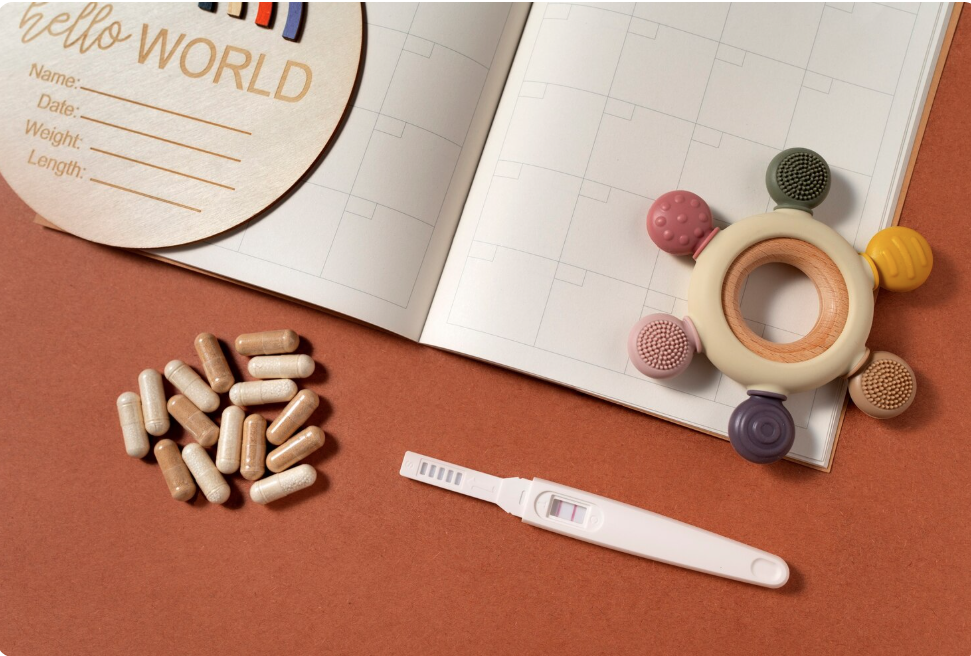Platelet-Rich Plasma (PRP) therapy has emerged as a promising solution for individuals struggling with knee pain. By utilizing the body’s natural healing properties, PRP treatment offers a non-invasive and drug-free alternative to alleviate pain and discomfort associated with knee issues. In recent years, PRP treatment for knee pain has gained traction among medical professionals and patients alike due to its potential to reduce inflammation, improve mobility, and accelerate tissue repair.
How PRP Treatment Works: The Science Behind Joint Pain Relief
PRP treatment involves drawing a small amount of the patient’s blood, which is then processed to concentrate the platelets. Platelets are essential for healing, containing growth factors that help regenerate damaged tissues. When injected directly into the knee, PRP releases these growth factors, stimulating cellular repair and collagen production. The process is simple, safe, and effective, often leading to reduced pain and improved knee function over time.
Why PRP Treatment for Knee Pain is Gaining Popularity
One of the key reasons PRP treatment for knee issues is popular is its non-surgical nature. Unlike invasive procedures like knee replacement surgery, PRP injections do not require extensive recovery times or carry significant risks. This makes it an attractive option for those seeking alternatives to surgery, especially older adults or those with chronic conditions such as osteoarthritis. Additionally, PRP treatment cost is often more affordable than traditional surgeries, making it accessible for a larger population.
What to Expect from PRP Treatment: Procedure, Sessions, and Cost
PRP treatment for knee pain usually takes about 30 to 60 minutes. After extracting blood and isolating the platelet-rich plasma, the PRP is injected into the knee under precise guidance. Most patients experience minimal discomfort during the procedure. The number of sessions required varies depending on the severity of the condition, but many individuals see improvements after just a few treatments. PRP treatment cost can differ based on location, provider, and the number of injections needed, but it generally falls within a range that is more budget-friendly than surgical options.
Factors Affecting PRP Treatment Cost: What Influences the Price
Several factors contribute to the overall PRP treatment cost. Firstly, the expertise of the practitioner and the quality of the clinic play a significant role. Reputable clinics may charge more due to their advanced technology and highly trained staff. Secondly, the severity of the knee condition can affect the cost, as more complex cases might require additional sessions. Lastly, regional differences in healthcare pricing can impact the final price of PRP treatment, so it’s worth researching local providers to find a clinic that meets both quality and budget needs.
PRP Treatment for Knee Pain vs. Traditional Treatments: Which is Right for You?
Traditional treatments for knee pain, such as corticosteroid injections or surgery, often come with side effects and extended recovery periods. PRP treatment for knee pain provides a more natural approach, harnessing the body’s healing powers without introducing foreign substances or undergoing major surgery. While PRP therapy may not be suitable for every case, it is an ideal solution for individuals with mild to moderate knee pain who wish to explore non-surgical options. Consulting with a healthcare provider can help determine whether PRP is the right choice based on your specific condition and lifestyle.
Conclusion
If you’re struggling with persistent knee pain, PRP treatment offers a compelling, natural solution that leverages your body’s regenerative capabilities. Not only does it provide pain relief, but it also supports long-term joint health without the need for invasive procedures. For more information and to explore PRP options, visit nexus-clinic.com and discover how PRP therapy can be tailored to your needs.













